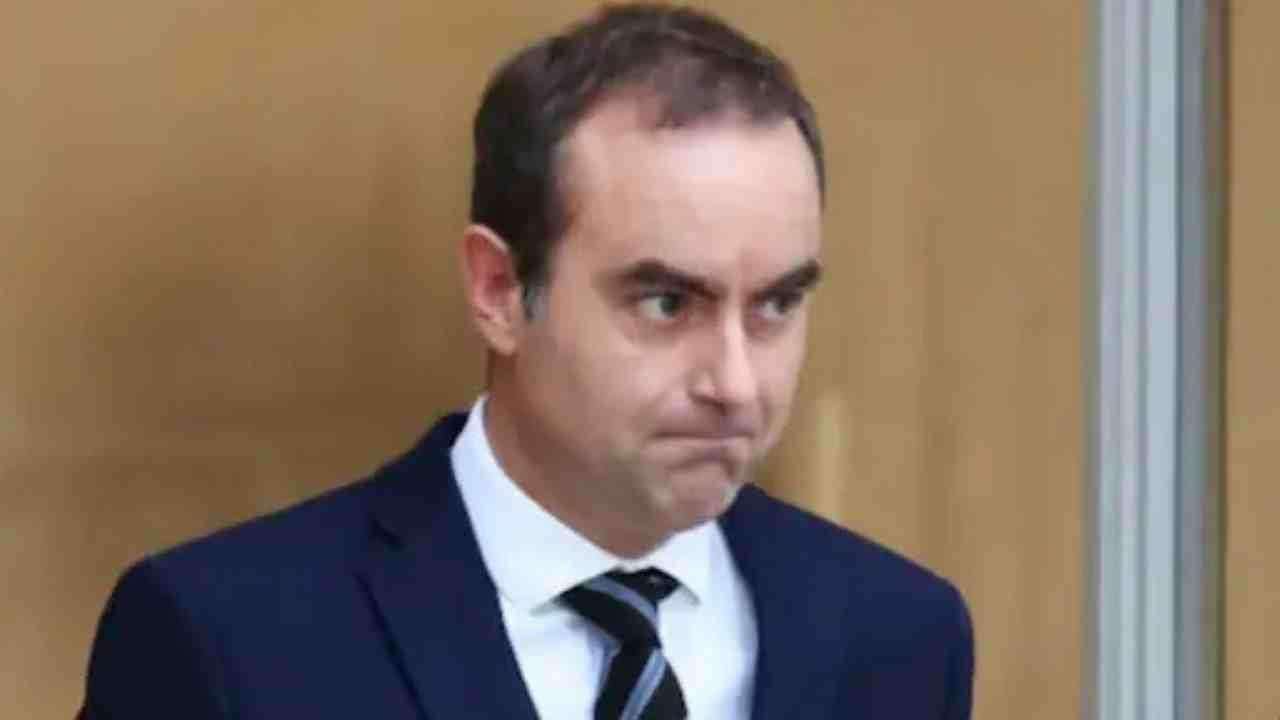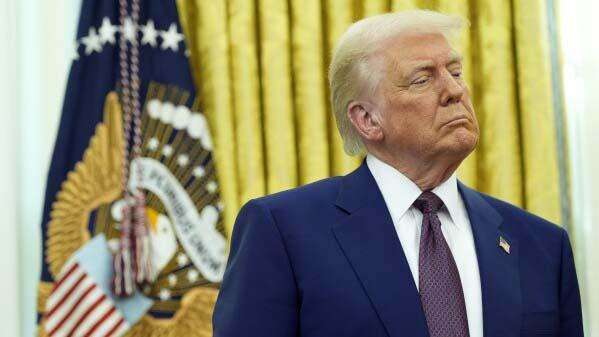Donald Trump's stance on Ukraine has evolved over time, marked by some notable contradictions and shifts. Here's a summary of his approach:
1. Early Views and Skepticism about U.S. Involvement: During his presidency, Trump often expressed skepticism about deep U.S. involvement in foreign conflicts, including Ukraine. He questioned the U.S.'s role in European security matters and appeared reluctant to commit to strong support for Ukraine. Trump emphasized that European countries should take more responsibility for their own defense.
2. Support for Ukraine Amid Russian Aggression: Despite his general isolationist rhetoric, Trump did approve military aid to Ukraine, including lethal aid like Javelin anti-tank missiles. This was a shift from the previous Obama administration, which had been more cautious about providing such aid. Trump’s decision to provide this assistance was seen by many as a sign of support for Ukraine in the face of Russian aggression.
3. Impeachment and the Ukraine Scandal: Trump's relationship with Ukraine became a focal point during his first impeachment in 2019. The impeachment stemmed from a phone call between Trump and Zelensky, where Trump allegedly pressured Zelensky to investigate Joe Biden’s son, Hunter Biden, in exchange for military aid and a White House meeting. The controversy surrounding this phone call, often referred to as the "Ukraine scandal," played a central role in his impeachment, though he was acquitted by the Senate.
4. Trump's Criticism of NATO and Zelensky: Trump has frequently criticized NATO, urging European allies to spend more on their defense, and at times seemed to distance himself from Ukraine's broader integration into the West. Although he expressed personal support for Zelensky, he often downplayed the significance of Ukraine’s relationship with NATO or the EU.
5. 2020 Election and Russia: Trump was often criticized for not being as strong in his condemnation of Russia, which had annexed Crimea and supported separatists in eastern Ukraine. Trump’s sometimes ambiguous stance towards Vladimir Putin was a point of concern for those who believed the U.S. should take a firmer stand in defense of Ukraine.
6. Trump’s 2024 Presidential Run: As of his 2024 campaign, Trump has criticized the U.S. government’s continued support for Ukraine in its war with Russia, framing it as a matter of prioritizing American interests over international commitments. He has suggested that, if re-elected, he could broker peace between Ukraine and Russia and end the conflict quickly.
In summary, Trump’s position on Ukraine has been complex, sometimes supporting Ukraine in its fight against Russia, while at other times questioning the amount of U.S. involvement or aid, especially in terms of broader foreign policy priorities.








.svg)

